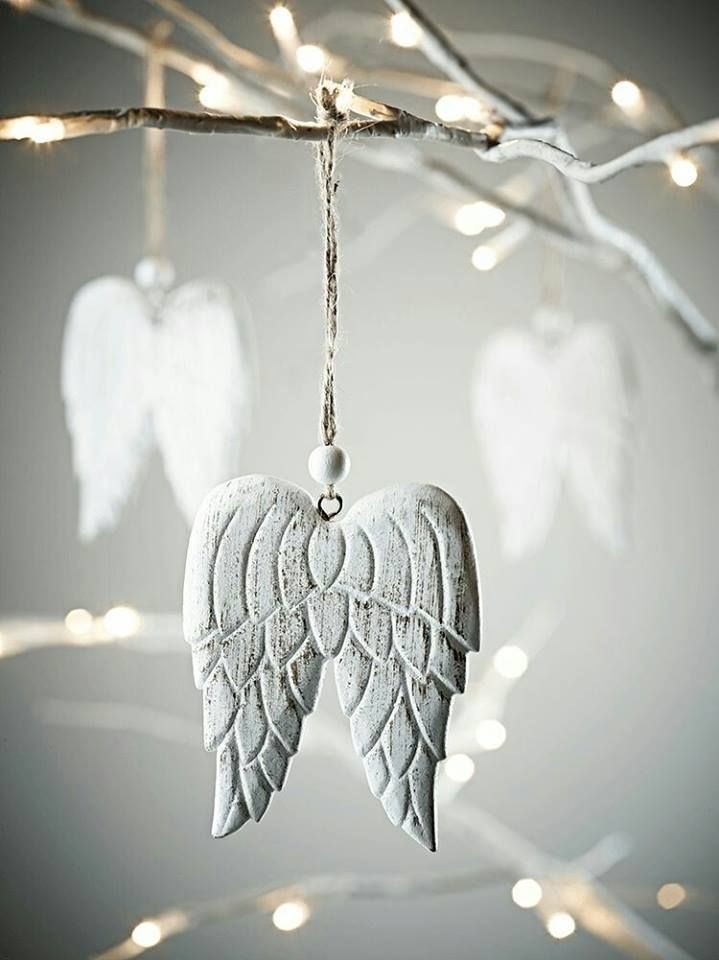African Designs and Visual Culture
- Koöko Fleurs
- Aug 21
- 2 min read
Updated: Oct 22

African Design is a living archive of material intelligence, cultural symbolism, and adaptive creativity. It resists rigid categorization, thriving instead in the interplay between form, function, and meaning. Margaret Trowell, in her seminal work African Design, proposed a classification system based not on function or origin, but on material—wood, metal, ivory, textiles—allowing the tactile essence of each object to guide its interpretation. This approach honors the craftsmanship and sensory depth of African design, while sidestepping the limitations of tribal or utilitarian labels.
Design in Africa is rarely static. It evolves through exchange, migration, and reinterpretation. A single object may carry the imprint of multiple hands and minds: the woven cloth of one community, the embroidered motifs of another, and the symbolic geometry drawn by yet another. This layered authorship is not a dilution of identity but a celebration of collective artistry. The embroidered gowns of northern Nigeria, for example, are collaborative masterpieces—woven, stitched, and designed by artisans from different ethnic groups. Their production, as Picton and Mack suggest, may have served as a visual and cultural bridge between emirates after the holy wars of the nineteenth century.
African design also embodies a profound sensitivity to environment and ritual. Materials are chosen not only for their availability but for their resonance—wood that speaks of ancestry, metal that channels protection, textiles that wrap the body in status and story. The Asante’s commissioning of Fulani weavers for khasa blankets and kerka wall hangings reflects this reverence. These items are not merely decorative; they are carriers of prestige, memory, and spiritual weight. Their possession signals both aesthetic discernment and cultural connection.
Design functions fluidly across contexts. A carved stool may serve as a seat, a symbol of authority, and a spiritual conduit. A mask may be danced in ceremony, displayed in a home, or traded across borders. The meaning of an object is not fixed—it shifts with use, with gaze, with time. This multiplicity challenges Western notions of design as static or purely functional. In African contexts, design is dynamic, relational, and often sacred.
To understand African design is to embrace its refusal of singular narratives. It invites us to trace the journey of materials, the dialogue between makers, and the rituals of use. It asks us to see not just what an object is, but what it does—how it connects, transforms, and endures. In this way, African design becomes not just a category, but a philosophy: one that honors complexity, celebrates collaboration, and insists on the beauty of becoming.











Comments